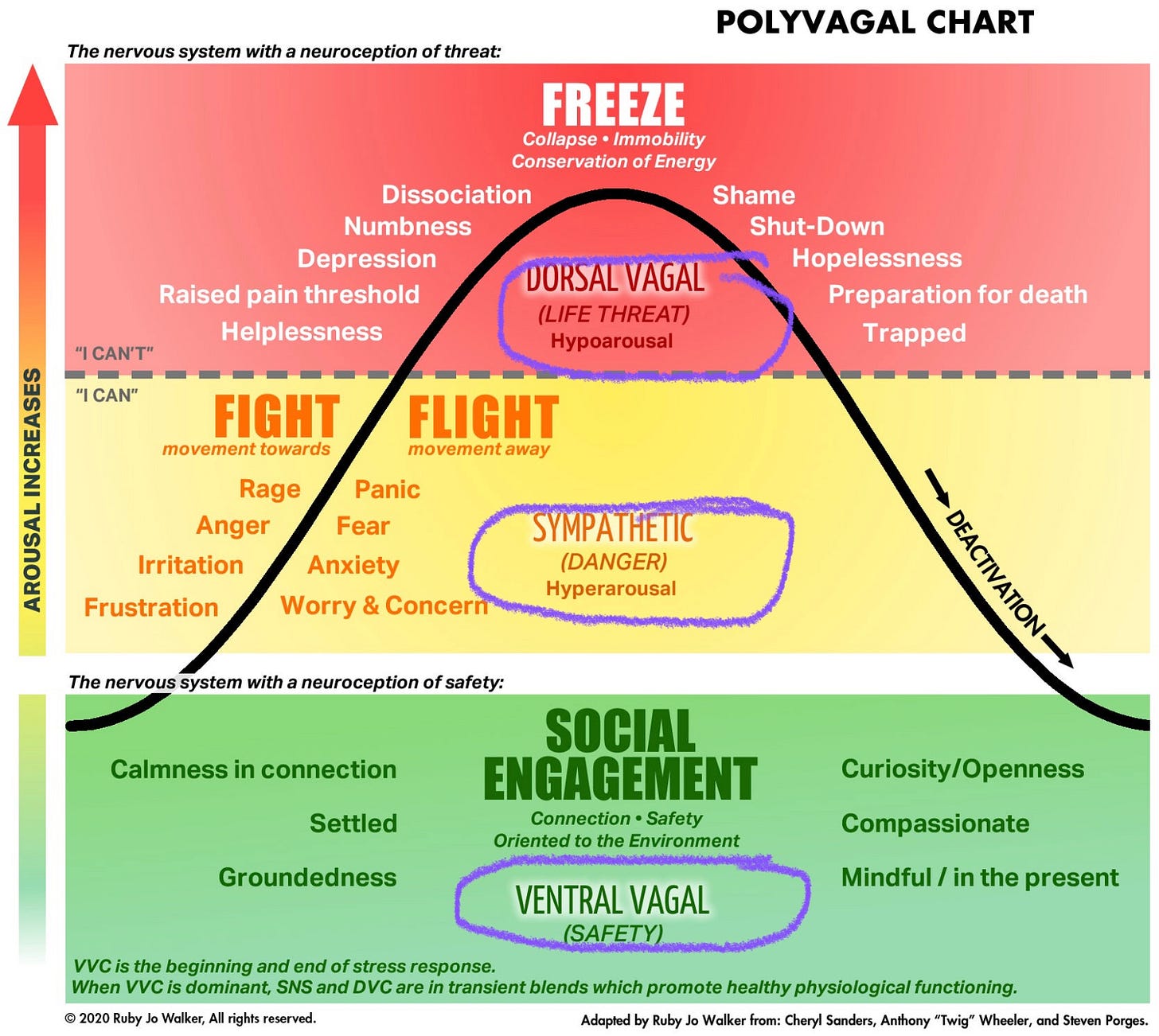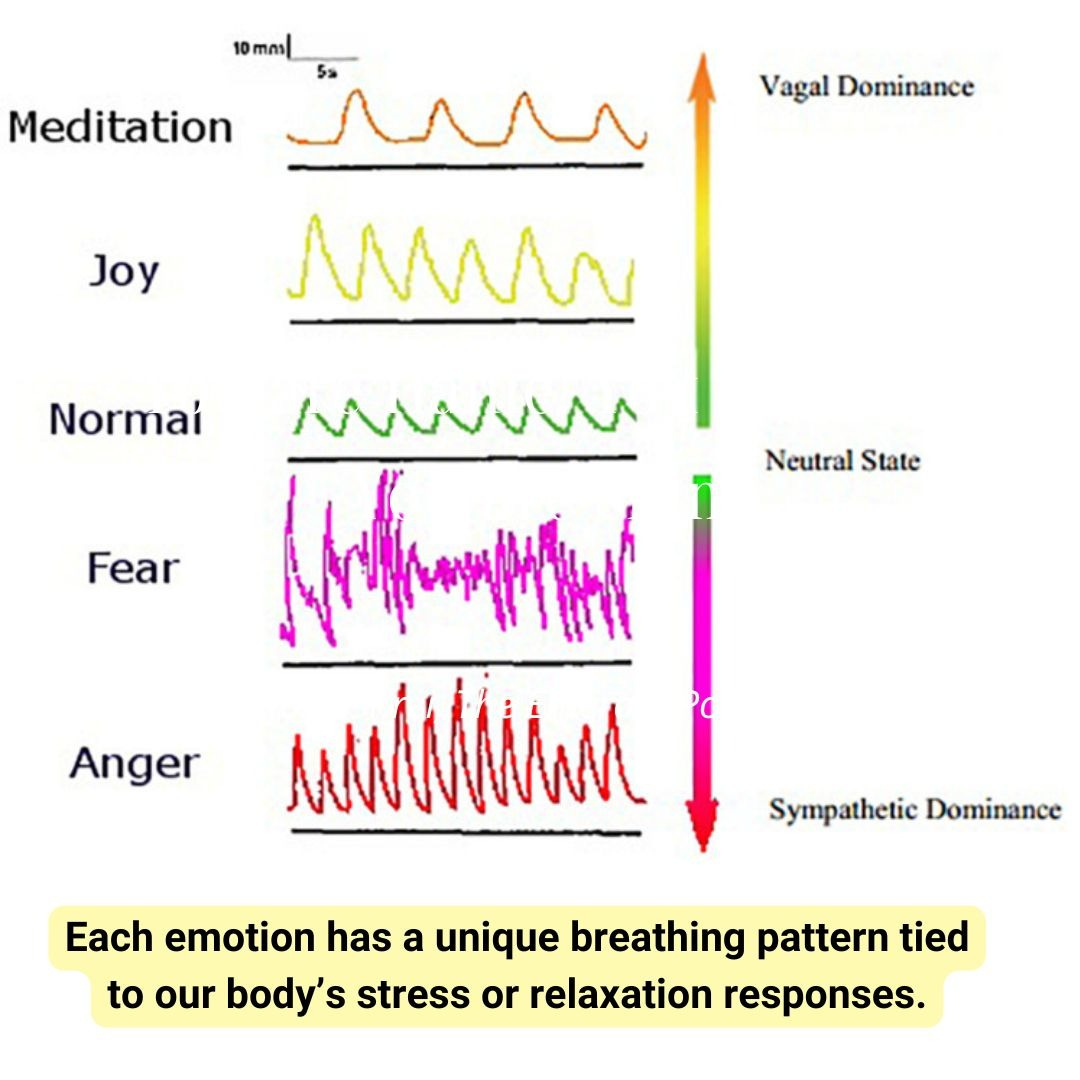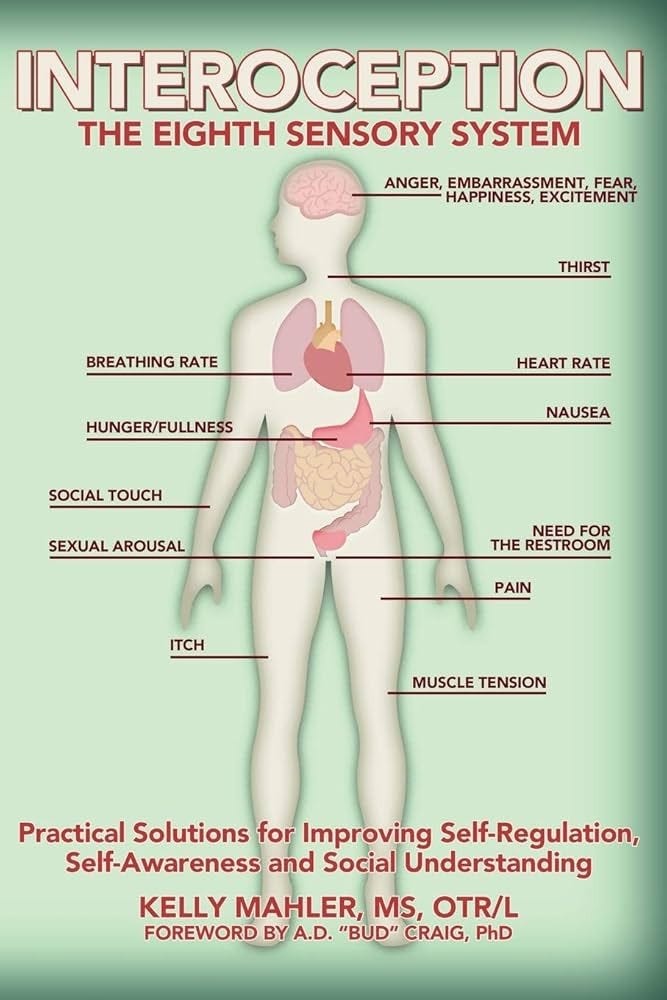Beyond the leader's thinking brain:
How breath and state shape decisions, resilience, and creativity
Endless decisions, constant pressure, novel challenges. We live in quite demanding, high-paced, and high-stakes times that have been:
taking a big toll on our mental abilities and resilience
forcing us to reconsider familiar business models and ways
making a lot of coping and decision-making strategies obsolete
And we desperately need more innovative and creative decisions. More kindness and empathy.
Yet, the high-pressure, high-paced environment pushes us to revert to what’s familiar—repeating the past, clinging to familiar choices. Because it’s simply how our neurobiology and physiology work under stress.
Could tuning into our ancient physiology support us in generating creative ideas, inspiring and empathizing, and not burning out in the process?
This is what I strongly believe in. Here is how.
Most approaches to leadership development now
Today’s leadership training often emphasizes cognitive approaches: better strategic thinking, faster problem-solving skills, and more frameworks.
In other words, we worship the brain. And believe in its power to think us out of problems, including the major challenges of today.
It’s not working very well though. Would you agree?
It’s getting more and more overwhelming to live and lead nowadays. In spite all the available knowledge. What’s missing?
I believe it is a recognition of how deeply our decisions and our leadership style are impacted by our state. The state as the foundation for strategic thinking, relationships, and mindset.
If we acknowledge the power of our state and explore the underlying mechanisms that shape it, maybe we could save a lot of training and self-development effort. And have creative decisions and cooperation flow rather than being forced.
I want to review a couple of those foundational mechanisms here, and their relevance to leadership development.
The state lens of Polyvagal Theory: safe vs. not-safe
Dr. Stephen Porges’ Polyvagal Theory is a useful framework for understanding our state as a lens through which we interact with others and make decisions.
At its core, the theory divides our experiences into “safe” and “not-safe” states, with “not-safe” being the stressed state that we know as fight-or-flight and freeze.
In “not-safe” states, our autopilot system guides us into survival mode, which limits creative thinking, narrows our perception of options, and strains our relationships.
And it’s this lens that, through physiological mechanisms, starts to dictate our reactions and behaviors when we are under stress:
Not-safe
=
A stressed (=perceived danger) state.
=
Autopilot with a goal to protect ourselves is set in motion.
Autopilot is launched because stressed states present a perceived “danger to survival” to the nervous system. And as such, it cannot be trusted to the thinking brain, as its reactions are much slower than those of the “automatic“ survival brain.
Here’s how the state lens shapes our decision-making:
Yellow, fight-or-flight:
Directive: “I need to protect myself”
Feeling: Tense, reactive, anxious
Decision Lens: We default to past choices, sticking to what’s tried and true. Creativity feels like a risk we can’t afford.
Red, freeze:
Directive: Danger: “Retreat, go on autopilot.”
Feeling: Overwhelmed, depressed.
Decision Lens: I don’t trust this world. We choose the path of least resistance—safe, predictable. No energy for meaningful engagement.
Green, social engagement:
Directive: “I am safe; I can explore.”
Feeling: calm, open, curious.
Decision Lens: Seeing beyond immediate risks, embracing a wider perspective that encourages innovation and collaboration.
Think of the last time you faced critical feedback or got unexpected “bad news.” Was your initial reaction to defend, avoid, or freeze?
If yes, this was an “autopilot” neurological response in response to the nervous system shifting to a “not-safe” lens.
What Does It Take to Shift?
I suggest learning about and training three processes as key to that.
#1 Breath as the remote control for state and response
Think of a moment when you received an unexpected objection from a prospect or client, when you were rudely confronted by a colleague, or simply scared. Did you notice how your breath changed?
Holding the breath, gasping for air, going into panicky breath, or breathing with your chest and shoulders are frequent breath-change scenarios.
The breath is NOT simply mirroring our feelings. It is driving them.
How?
In short, by providing an input to the brain that’s locked in the skull on what’s going on and how the brain should react.
This sensations => emotions => behaviour sequence is recognized by the Polyvagal Theory, where breath patterns correspond with and drive our states:
✔️Calm, rhythmic breathing through the diaphragm => a “safe” state
✔️Shallow, rapid breaths align with stress responses => fight-or-flight.
✔️Almost invisible “secret” breathing => a depressive state.
So, “rudimentary” as it may be, breath is a serious tool for big changes:
Know your breath
=>
Know your state (=lens)
=>
Regulate your state (=lens) to “safe”
=>
𝐇𝐚𝐯𝐞 𝐧𝐨𝐯𝐞𝐥, 𝐚𝐧𝐝 𝐜𝐫𝐞𝐚𝐭𝐢𝐯𝐞 𝐝𝐞𝐜𝐢𝐬𝐢𝐨𝐧𝐬 𝐟𝐥𝐨𝐰 𝐧𝐚𝐭𝐮𝐫𝐚𝐥𝐥𝐲 + “𝐬𝐰𝐢𝐭𝐜𝐡 𝐨𝐧” 𝐲𝐨𝐮𝐫 𝐜𝐨𝐥𝐥𝐚𝐛𝐨𝐫𝐚𝐭𝐢𝐨𝐧 𝐬𝐞𝐭𝐭𝐢𝐧𝐠𝐬.
Research shows that breath is linked to brain oscillations that impact our thoughts and emotions, and breathing rhythm itself modulates our emotional response (Zelano et al., 2016).
So the “How you breathe is how you feel.” statement is a backed by science and well-documented fact.
It also extends to working in teams and facilitating team flow. Which changes the statement to: “How we breathe is how we feel.“ And sometimes it takes as little as a few shared breaths together. For syncing first physically and then mentally.
#2 Interoception: building self-awareness and empathy
Have you ever walked into a team meeting straight from a high-stress conversation, unaware of the racing heart and clenched jaw? The meeting didn’t go well, and everyone but you was aware of those clenched jaws.
This is what interoception is about—the 8th sense: your brain’s perception of your body’s state, transmitted from receptors on all your internal organs.
According to Kelly Mahler, whose book cover is above, it can be simply defined as the sense that allows us to answer the question, “How do I feel?” in any given moment and thus gives us an opportunity to adjust. We manage to relax those jaws and sigh it out. Gives a different vibe to the meeting.
“Researchers and clinicians are recognising interoception as a key mechanism to mental and physical health, where understanding our body’s signals helps us understand and regulate emotional and physical states.”
Dr. Helen Weng, University of California, San Francisco.
When we have “high interoceptive awareness,” we can tune into our own state and recognize whether it’s optimal for making a big decision or having a difficult conversation. Or whether it’s time for a break and a reset. We also call this ability self-awareness.
Besides allowing us to recognize and manage our own emotional triggers and stress responses, high interoceptive awareness makes us attuned to the states of others (Craig, 2009). Which makes it a foundation of emotional intelligence and empathetic presence.
It may sound counterintuitive that our awareness of bodily sensations informs our emotional regulation, decision-making, and quality of our relationships, due to a lingering belief that our decisions originate in the brain.
However, research is very clear on this. Our brain that sits in the skull is informed by the sensory data that it receives—those interoceptive signals. So our ability to accurately sense our breath and heartbeat at any given moment is how we shape the perception of the brain and its directives.
Neuroception of safety: communicating calm and confidence
Neuroception (another concept from Polyvagal Theory) helps explain why certain people create a sense of calm or trustworthiness simply by walking into a room, while others might unintentionally signal stress or unease.
Neuroception is this automatic, ongoing process in which our nervous system evaluates whether our environment (and the people in it) feels safe or threatening.
This assessment happens before conscious thought, and it impacts everything from your tone of voice to your ability to stay calm under pressure. For leaders, neuroception is crucial because it influences both how we project safety and how others perceive it.
Research on mirroring and emotional contagion (Hatfield et al., 1994) also shows that through non-verbal cues, not-safe signals cause the team to mirror that stress—even if there’s no visible threat. When neuroception signals safety, it invites an open, creative exchange.
So if you want to reliably create a “safe space” in the room and help your team feel calm, connected, and ready to collaborate, knowing how to consciously regulate this sense is crucial.
Recap: Leading with resilience and creativity
If we want to create solutions that are truly innovative and driven by empathy and compassion along with their economic impact, we simply have to be in the right state for it. And it’s possible through understanding and training:
Breath: Regulate state, shifting from reactive to calm, clear thinking.
Interoception: Build self-awareness, empathy, and emotional intelligence.
Neuroception of safety: Project calm, create trust, and foster collaboration.
It’s where things like breathwork training, somatic coaching, and mindfulness come in.
Can those be trained?
Yes. Most certainly. And at a basic level with every next breath that we make. We have a choice to make it conscious, to notice how we feel in the process, to slow down the rhythm.
And then there are, of course, opportunities for more comprehensive and structured training and coaching with specific goals related to workplace outcomes. It’s where my expertise is.
I create bespoke training, workshops and 1-On-1 coaching to help leaders and teams create a strong emotional and mental foundation for better decisions and deeper relationships.
If it sound like something worth exploring, let’s connect.
Book a chat:
https://bogdanovayulya.youcanbook.me/
Connect, DM via LinkedIn







